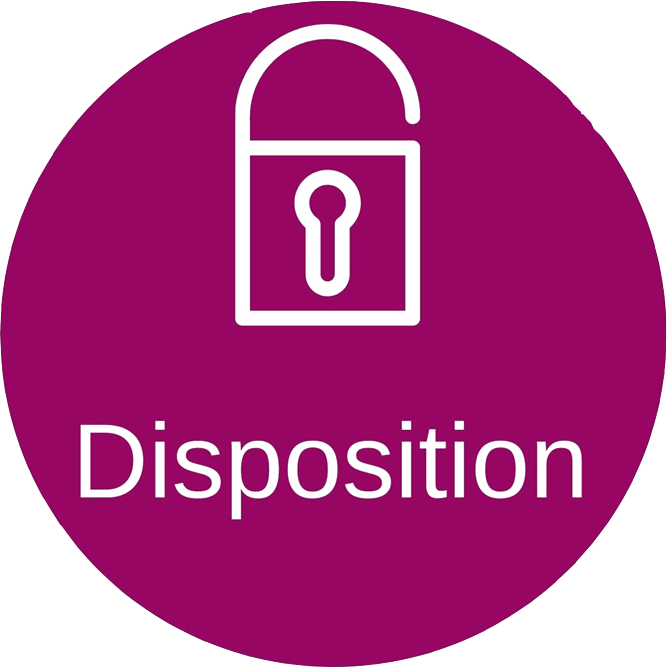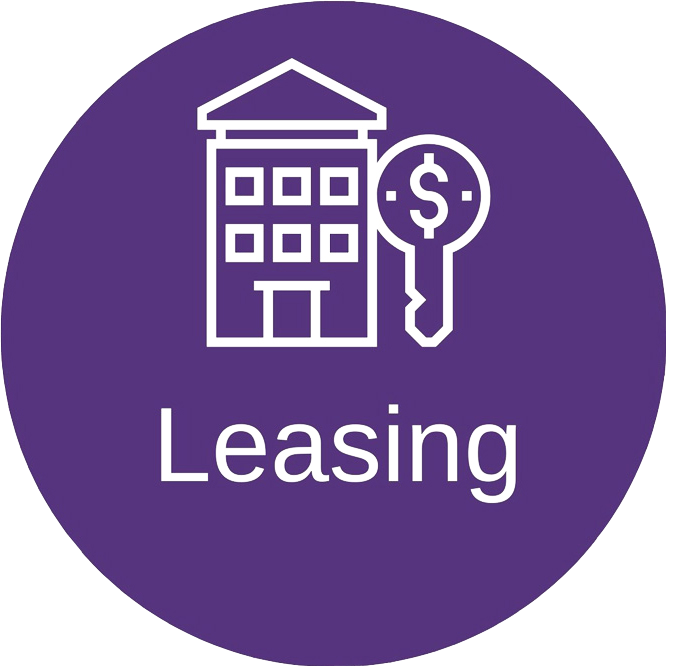
IRS warms business owners about a lucrative Covid19 ERC
IRS warms business owners about a lucrative Covid19 ERC
The Employee Retention Credit could be very lucrative for small businesses, but it’s also become fertile ground for scams.
That’s according to the Internal Revenue Service, which is warning business owners to scrutinize solicitations involving the ERC — noting businesses could be left holding the bag.
“Businesses are encouraged to be cautious of advertised schemes and direct solicitations promising tax savings that are too good to be true,” the IRS said in its notice. “Taxpayers are always responsible for the information reported on their tax returns. Improperly claiming the ERC could result in taxpayers being required to repay the credit along with penalties and interest.”
That echoes what experts have been telling The Playbook, including the potential red flags that business owners should look for when deciding on a provider to calculate their potential ERC. Those red flags include promises of a quick turnaround or a lack of counseling over what the tax implications may be in taking the credit.
What is the ERC?
Initially, the ERC was a quarterly, refundable tax credit based on wages for business owners to retain staff during the Covid-19 pandemic. It was set at 50% of up to $10,000 in qualifying wages per employee for the last three quarters of 2020.
The American Rescue Plan Act extended and expanded the ERC to include up to 70% of $10,000 in qualifying wages per employee per quarter in 2021 for the first three quarters, making it much more lucrative to business owners.
To qualify, businesses needed to record a drop in revenue during 2020 and or the first three quarters 2021 compared to 2019, or — and it’s a big or — they had to be operating under significant government restrictions, which includes many restaurants, daycares and other businesses. Companies that qualify in all available quarters could receive up to $26,000 per full-time employee over the entire credit — although that’s not common.
Businesses that took the SBA’s Paycheck Protection Program also still qualify, with their PPP amount being deducted from what they would get from the credit, which is still a significant amount for many businesses owners.
Red flags for the ERC
The American Institute of CPAs applauded IRS announcement and the creation of a new online form to anonymously report bad actors.
In a statement, AICPA President and CEO Barry Melancon said CPAs have often advised clients and business owners against taking the improper recommendations of many third-party ERC mills with unscrupulous business practices.
Melacon said the AICPA is pleased employers now have a mechanism to report bad actors on the ERC via Form 3949-A, Information Referral.
Jenn McCabe, a partner at San Ramon, California-based accounting and consulting firm Armanino, previously told The Playbook the complex rollout of the ERC created avenues for some operators to prey on confusion among businesses.
Beyond cold calls, business owners need to be aware that if the ERC is done wrong, it could lead to them having to pay it back later if the IRS decides to conduct an audit. And since business owners usually have to pay taxes on the refundable credit, that could mean the tax money they paid cannot be recovered if the audit timing for the ERC is outside the statute of when business owners can file tax amendments, McCabe said.
“There are more of these credit popups doing sales than there are proper CPAs and financial advisers doing this work,” McCabe said. “There are plenty of good people doing the work. And we are all so overworked.”
Business owners should also be wary of groups that say the ERC will be quick, since it often takes eight months to a year or longer to receive the refund, McCabe said.
Other tax credits for small businesses
But there are also a large number of tax credits that business owners could take advantage of, including in the Inflation Reduction Act, which included a tax credit for qualifying electric vehicles of up to $7,500 for vehicles weighing less than 14,000 pounds, and up to $40,000 for vehicles that weigh more than that, subject to certain limitations. The credit is slated to last until the end of 2032, according to the legislation.
But there is at least one other tax credit in the legislation that small business owners should be aware of — a doubling of the refundable research and development tax credit.
That tax credit would double from $250,000 to $500,000 if the legislation were to become law. The tax credit is refundable and applied against payroll taxes and includes expenditures for a wide variety of expenses, including the improvement or development of products, processes, techniques or even software.



